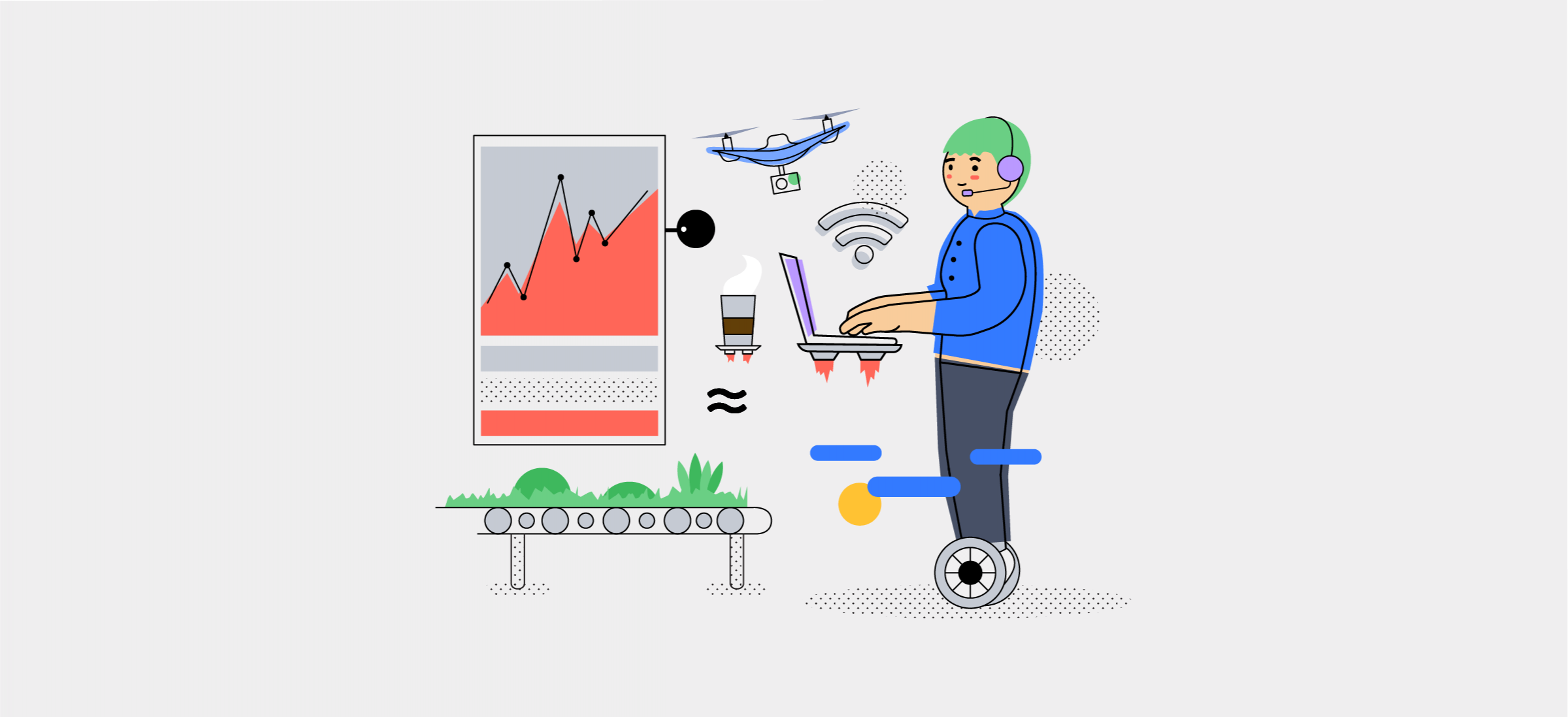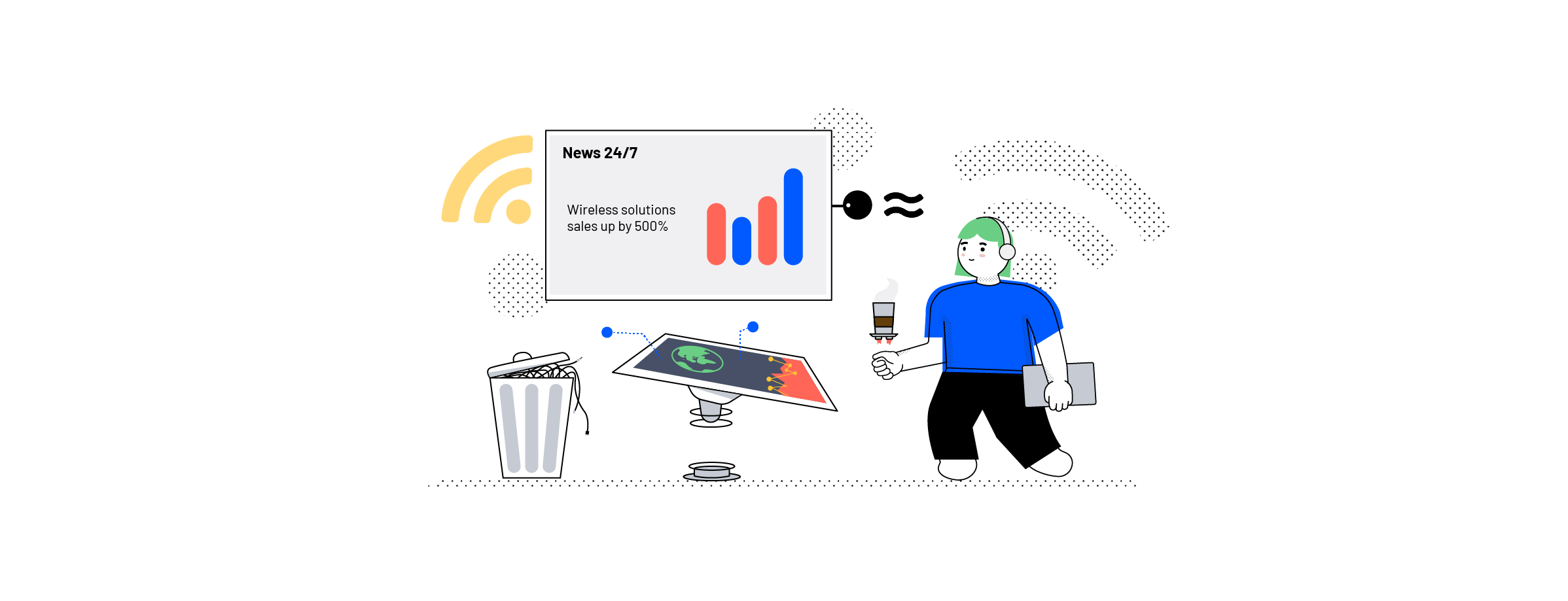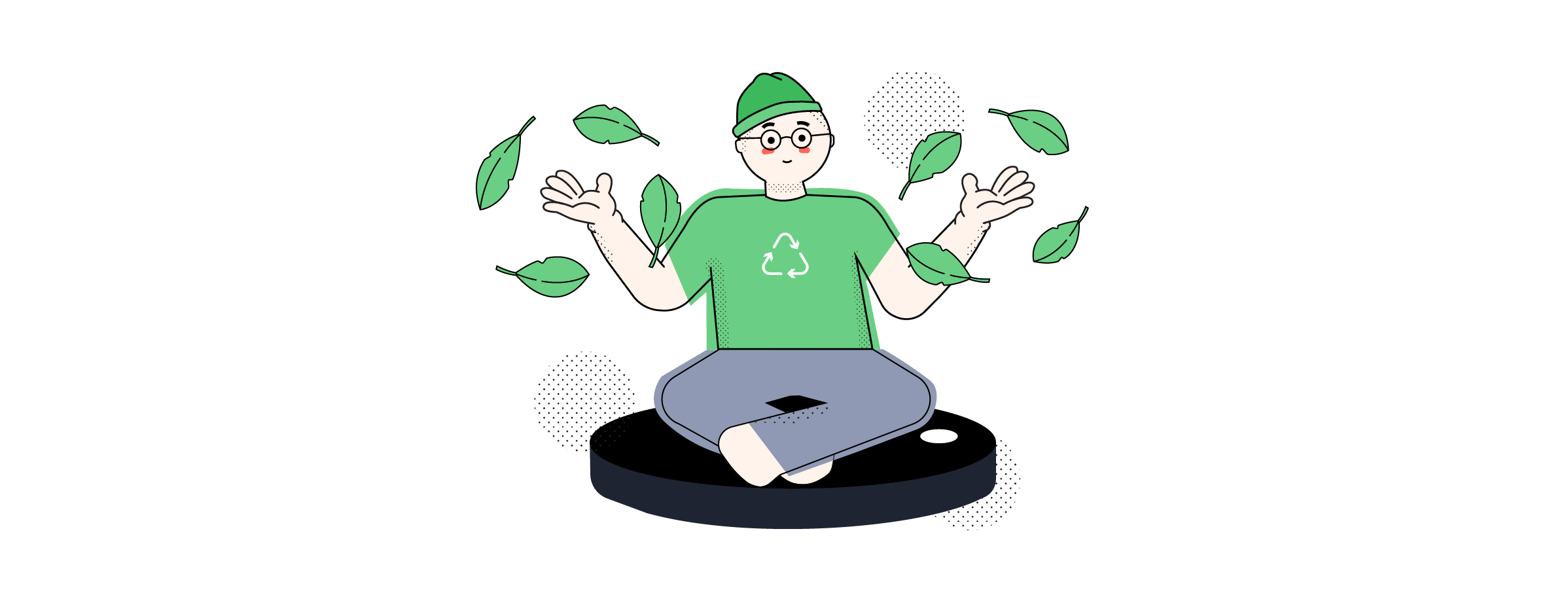People-centric, wellness-focused, flexibility and a whole lot of green thinking. Check out all the office trends we predict for the workspace in 2019

People-centric, wellness-focused, flexibility and a whole lot of green thinking. Check out all the office trends we predict for the workspace in 2019
Office trends come and go, but that doesn’t mean they can’t benefit your business. A big part of being a successful and forward thinking business is the ability to innovate and work smarter, and trends play a major role in that.
Now that we’ve taken the first bite out of 2019, we think it’s the perfect time to speculate on the future of the workplace, for this year and beyond.
Here are some of the trends and changes we foresee coming to offices across the globe this year.
The smart office is a reality. We’re not just connected to each other, all of the things in an office building can be interlinked. Smarter technology gives us the freedom to roam and brings about a more dynamic way of working.
Being connected means we gain specific insights into performance stats that can help us improve our routines. Lighting, ventilation, heating, room scheduling, presenting … all of it becomes a breeze when we’re hooked up wirelessly to an intelligent network.
An intelligent office is more dynamic and efficient, and we think we’ll start seeing more of that in 2019. Going in a more wireless direction means that your business becomes more agile, intelligent, and collaborative.

BYOD or “bring your own device” is steadily becoming more popular in many workplaces. It gives employees who bring their own smartphone, tablet, laptop or “virtual assistant”, such as a smartwatch or voice-activated assistant, more freedom to do their job when and as they please.
In addition, employees actually work faster when they utilize devices they are already familiar with and it reduces the cost of having to equip every employee with tech gear they might not be comfortable with.
That means that personal smartphones, wearables, and applications stop being only at-home playthings and instead become increasingly integrated into the workspace. They keep track of our progress, schedule appointments, respond to messages, and help us with errands and meetings. As the virtual assistants become more sophisticated, they will eventually free up a lot of time for us, the employees.
We predict even more mobile assistance this year as well as more focus on BYOD environments (and the security issues that follow).
Watch this short video explaining how the Airtame 2 works in a BYOD environment:
With more wireless connections and many mobile devices hooking up to internal networks, we’ll also see more data stored on the cloud. It’s a big blow to companies if that data isn’t secured well enough. We predict more focus on cybersecurity efforts in the 2019 workspace.
And that’s not all. Physical privacy is top-of-mind too. Companies are also opting for more personal privacy by creating smaller, enclosed spaces where employees can take a phone call or meeting without the rest of the office eavesdropping, for example, an office pod or call booth.
If you need a guiding hand, check out our article on obtaining enhanced network security.

The reception area isn’t necessary for all sizes and shapes of organizations. We made a small guide here to help you figure out if it’s for you. For larger companies with many visitors, a reception or lobby is absolutely vital, but the very nature of the reception space is seeing some change.
There’s isn’t always as great a need for a receptionist to be tied full-time to the front desk. Instead, companies are using smart sing-in kiosks and other signage solutions to welcome and guide visitors. Technology can help guide, inform, and support your guests in their visit, and smart solutions like sign-in kiosks and proper digital signage are just a few of those initiatives.
It’s a pleasant transformation to see companies focusing more on the humans that do the work rather than the other way around. After all, we spend a good chunk of our lives in the office, and if we connect with our workspace and feel comfortable there, we’re more likely to invest energy in it. If you want an employee that feels ‘at home’ and great about putting in more time, invest in comfort and wellness.
But how, you ask? It’s all about the way we perceive the rooms we work in. If you include elements that are dynamic and stimulating, it makes for a happier work environment. Sunlight, good air quality, plants, healthy snacks and access to outdoors can all help counteract the static, dormant conditions of sit-still work. And if you want to take it even further, opting for recycled work materials, a clean work environment, and CSR programs can make a big difference too.
According to the Harvard Business Review, wellness programs don’t work unless leaders create a culture of understanding and acceptance. We think corporate wellness will be more inclusive and thought-out in 2019. When done right, wellness programs can boost confidence (and thus productivity) as well as prevent burnouts.
Every office creates waste. The more people, the more waste. Soda cans, plastic bags, food waste … In 2019, we think employers will opt for greener, more environmentally friendly solutions and focus on recycling and finding simple ways to be more energy-efficient.
We’re starting 2019 off at Airtame with two recycling bins reserved for cans, one for used batteries, and a firm promise to eliminate plastic in the kitchen.
The “green” mindset doesn’t stop there, however. Including nature-elements such as ‘green’ walls or natural elements like wood will make the office seem alive and welcoming as opposed to cold and mechanical.

Embracing people from different cultures than your own can prove to be enriching and productive for the work environment. Just take a look at us – 90 people and 30 nationalities represented, and we don’t plan on stopping anytime soon.
We see this as a continuing, deeply significant trend. Human Resources and People teams this year will look into how they can continue to grow businesses in ways that positively reflect cities worldwide. Moreover, they will focus on how to do this in a way that is constructive for company growth.
But diversity is so much more than a language or skin-deep construct. It also reflects how multi-faceted the thoughts and feelings of the staff body might be, and how these teams have to go to some lengths to accommodate every type of professional.
Experience-based office designs, remote working, shared office spaces … yes, the 2019 workforce is even more focused on flexibility in the workspace, and a modern office needs to take that into account.
Coworking spaces around the world (here’s a list of our favorites) have already embraced this trend of increased collaboration, flexibility, and community management, but more ‘traditional’ companies are starting to follow suit.
We predict that companies will allow for more personalized spaces in the office, such as remote working zones and designated team collaboration areas.

A fat paycheck just won’t cut it anymore. Attracting and retaining top talent requires intimate knowledge of the individual and their individual needs. Playing around with these perks will ensure that employees feel supported, even empowered, rather than looking at them as mere money makers.
Something that can make a big difference to a lot of employees is a retirement plan or health insurance. Struggling with financial challenges is emotionally challenging for anyone experiencing them, so an effective financial program will eliminate that stress and leave the worker less worried and therefore more focused on the tasks at hand.
Others perks could be stock options, tuition grants, paying off student loans, unlimited holiday, unlimited remote work, choice of hardware … the list is long and the options are many, and choosing just one or a few of them is sure to leave a lasting, positive impact on employees.
Community management is hard in this period of individualism. The employee experience and the human aspect should, therefore, be prioritized. That means workspaces need to cultivate community-like environments with creative spaces to share and facilitate ideas. Breaking down walls and designing recreational areas a good way of evoking that feeling.

With an increasingly diverse workforce and more flexible arrangements, the 2019 workspace needs more than just a conference room and cubicles. Huddle rooms or smaller collaboration spaces give teams the privacy and collaboration tools they need to be productive (described by us here).
Because the number of independent contractors and remote workers is rising, the need to dial in from afar is greater than ever. The remote workers need to be kept up to date with what’s going on at headquarters and businesses need to tune in to what their clients are saying on the other side of the globe.
That’s why we’ll see an increase in virtual meetings in 2019. AV gear is now so good that it’s almost the same as being in the room with the person you’re calling, so there’s no excuse not to equip your office with conferencing equipment. It reduces cost in the long run as you won’t have to travel further than your designated meeting room to have a chat with someone far away.

In 2019, there’s an increased focus on people metrics. How you design your workspace plays a significant role in performance and productivity. Physical working conditions, mental health transparency, and an overall increase in flexibility. Why? Because people matter. Support the employees and you will reap the benefits.
These are just some of the office trends we can start to predict from the communication we have with over 18,000 organizations. Any we missed? What are you excited about seeing? We’d love to hear your thoughts.
Additionally, if you’re curious to kit your office space out with Airtame, reach out. We’re here to help.